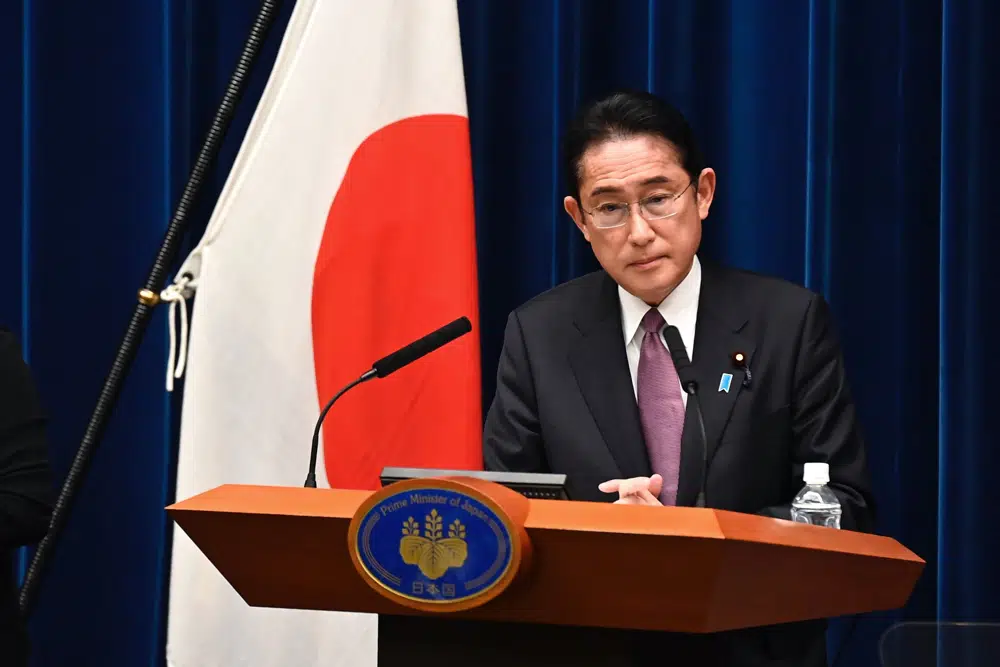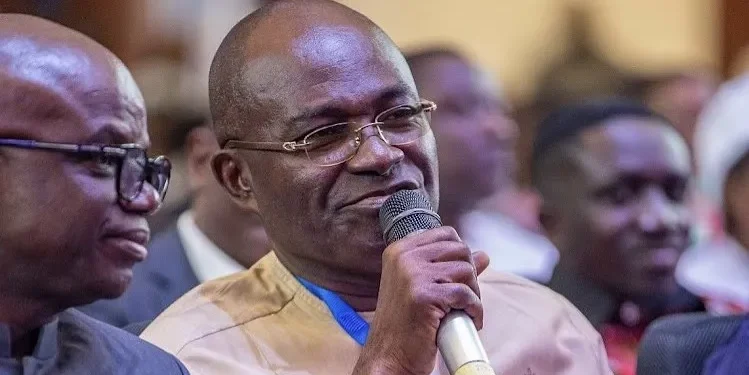In a restart of weapons tests to protest recently concluded live-fire drills between South Korea and the US, which it considered as an invasion practice, North Korea, according to its neighbors, launched two short-range ballistic missiles toward its eastern waters on Thursday, June 15, 2023.
The launches mark North Korea’s first since its attempt to launch its first spy satellite in late May was unsuccessful.
The Joint Chiefs of Staff of South Korea reported that the missiles were fired from the capital area of North Korea and traveled 480 miles (780 kilometers) before coming to rest in the seas between the Korean Peninsula and Japan.
It referred to the launches as “a grave provocation” and declared that South Korea’s military would keep a robust state of readiness while working closely with the US.
Japanese Prime Minister Fumio Kishida disclosed that the missiles landed inside Japan’s exclusive economic zone. He called the launches a “violent action” that threatened international peace and safety.

The launches came hours after South Korean and U.S. troops ended a fifth round of large-scale live-fire drills near the Koreas’ heavily fortified border earlier on Thursday. About 30 minutes before the launches, North Korea’s military vowed an unspecified response to the drills, which it called “provocative and irresponsible.”
Thursday’s South Korean-U.S. exercises were the fifth and last round of live-fire drills that began last month. This year’s drills were the biggest of their kind since they started in 1977.
Each of the five rounds involved 2,500 South Korean and U.S. troops and about 610 military assets including stealth fighter jets, attack helicopters, tanks and drones from both countries, according to the South Korean Defense Ministry.
South Korean President Yoon Suk Yeol and other senior South Korean and U.S. military officials observed Thursday’s drills.

At the training site, Yoon averred, “Only a strong military, which can fight and defeat the enemy and which the enemy can’t even dare to challenge, can guarantee the freedom, peace and prosperity of the Republic of Korea.
The chief nuclear envoys from South Korea, Japan and the U.S. held a three-way telephone call and agreed to continue efforts to get North Korea to halt weapons activities and return to talks, South Korea’s Foreign Ministry announced.
Launch Not Meant To Offset Satellite Failure
Leif-Eric Easley, a Professor at Ewha University in Seoul, opined, “This launch is not to make up for the recent failure, because North Korea will almost certainly make another attempt later to put a spy satellite into orbit.”
“The message of today’s missiles is more likely Pyongyang’s protest against South Korea’s combined defense exercises with the United States, as well as a demonstration of North Korea’s own military capabilities and readiness.”
Leif-Eric Easley
A North Korean long-range rocket that was carrying its first spy satellite crashed on May 31 near the western coast of the Korean Peninsula. North Korea confirmed the missile had failed and promised to carry out a second launch.
One of the many high-tech weapons that North Korean leader Kim Jong Un intends to build to counter what he perceives as American hostility is a spy satellite.
According to North Korea’s official media, South Korea and the United States are using the firing drills to hone their “military threat, blackmail, and war tactics” against the country.

Meanwhile, top security representatives from the US, South Korea, and Japan met on Thursday in Tokyo to discuss North Korea and other topics.
During the meeting, U.S. National Security Adviser, Jake Sullivan echoed Washington’s commitment to the defense of South Korea and Japan, the White House said in a statement.






















